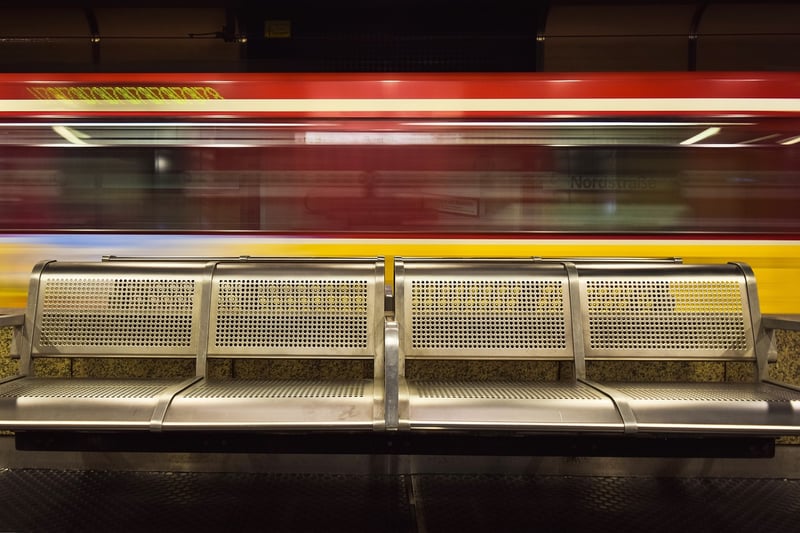Historical Revisions
The Power of Stories: Exploring Historical Revisions
History is a tapestry woven with stories and accounts passed down through generations. These narratives shape our understanding of the past, but they are not always static. Historical revisions play a crucial role in reshaping our perceptions and interpretations of events that have unfolded over centuries.
Unveiling Untold Stories
Historical revisions uncover hidden or suppressed stories that provide a more comprehensive view of the past. By delving deeper into diverse perspectives, these revisions shed light on marginalized voices and untold narratives. This process allows us to challenge existing beliefs and broaden our collective understanding of history.

Rethinking Established Narratives
Through historical revisions, established narratives are reexamined and sometimes reframed. As new evidence comes to light and perspectives evolve, historians and researchers engage in critical analysis to reinterpret past events. This dynamic process enables us to confront biases, inaccuracies, and omissions in historical accounts.
The Role of Technology
Advancements in technology have revolutionized the field of historical research. Digital archives, data analytics, and virtual reconstructions offer innovative tools for exploring and revising history. By harnessing these technological resources, historians can uncover fresh insights and present a more nuanced depiction of the past.

Challenging Assumptions
Historical revisions challenge assumptions and encourage critical thinking. By questioning traditional narratives and reassessing historical events, we gain a deeper appreciation for the complexities of the past. This process fosters intellectual growth and encourages a more inclusive approach to understanding history.
Embracing Diverse Perspectives
Embracing diverse perspectives is essential in historical revisions. By amplifying voices that have been marginalized or silenced, we enrich our understanding of history and cultivate a more inclusive narrative. Through collaboration and dialogue, we can strive towards a more accurate and comprehensive portrayal of the past.

Conclusion
Historical revisions serve as a powerful tool for uncovering hidden truths, challenging established narratives, and embracing diverse perspectives. By engaging in this ongoing process of exploration and reinterpretation, we not only enrich our understanding of history but also pave the way for a more inclusive and accurate depiction of the past.
Let us continue to delve into the depths of history, unraveling its complexities, and reshaping our collective narrative through the power of stories.
